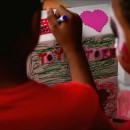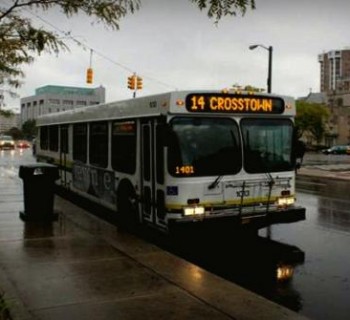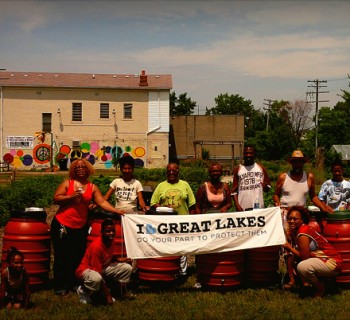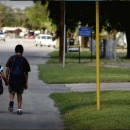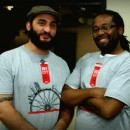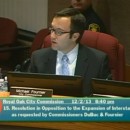Editor's Note: Tom Woiwode is the latest addition to the Mode Shift editorial family. He'll be blogging weekly in 'Musings of a Streetwalker,' sharing his perspectives on land use, community development, advocacy issues and more.
Recently I had the opportunity to hear Reverend Samuel “Billy” Kyles speak. You younger readers may not recognize that name, but you will be familiar with this: you know the famous picture of Martin Luther King on the balcony shortly after he was shot, the one that showed someone pointing in the direction of the shooter? The person doing the pointing was Reverend Kyles.
The narrative of Reverend Kyles’ speech focused on the last week of Dr. King’s life, and his activities in Memphis. And what an incredible story it was. Dr. King was in Memphis to support the Memphis Sanitation Workers Strike. He had made a reprise of the famous “I Have a Dream” speech the night before, and was at the Lorraine Motel, where he was staying, getting ready for dinner that evening at Reverend Kyles’ mother’s home.
While they were waiting for someone, Dr. King and Reverend Kyles stepped out on the balcony for some fresh air. Dr. King leaned over the balcony to ask a locally prominent saxophone player if he’d play Dr. King’s favorite song that evening. Of course, the answer was yes. And just then, the shot rang out.
As incredible a story as this was—a story of such historical moment, of such gravity and significance, of such meaning to those of us who remember it and what it meant—and means—it was, in Reverend Kyles’ telling, a remarkably positive story. It was a story about commitment, a story about belief, a story about a better world.
It was a story about a dream.
So why was Reverend Kyles, a Civil Rights leader for 50 years, an icon whose leadership meant so much to so many for so long, in front of a bunch of foundation reps? And not civil rights foundations; these were foundations that invest in land and land use. Why this story to this crowd?
When you think about your community, what comes to mind? Parks and public spaces? Cultural facilities? Social opportunities? Places where you can engage with your neighbors and friends? All of those things, and so much more, make up a community. As we think about them, and how they relate to our community, they reflect our aspirations, our desires, our hopes for a better tomorrow.
They reflect our dreams.
Reverend Kyles was there to remind us that the dream lives on, and that it’s our responsibility—no, our duty, our obligation—to build a better community, to make the world a better place. He was there to remind us of what we can be. And to encourage us …
To dream.




